Final conference
On 23 January 2020, the GENDERS Final Conference took place in Brussels!
The conference started with presentations of the project, partners, and project results, including the launching of the e-learning platform on gender mainstreaming in youth organisations. Two of the participants who took part in GENDERS training events were also invited to share more about their experience and about the relevance of the project from their points of view.
These presentations were followed by a panel discussion, which was a great opportunity to hear more about the current state of gender mainstreaming in youth organisations and to discuss the role of youth in this key process. We had the chance to welcome four outstanding speakers with various experiences and expertise in gender mainstreaming: MEP Kim van Sparrentak from the Group of the Greens/European Free Alliance, Manon Deshayes from the European Women’s Lobby, Alice Barbieri from WAGGGS and the Advisory Council on Youth of the Council of Europe, and Marco De Cave from Futuro Digitale. This panel was moderated by Viola Bianchetti, Policy Officer on Equal Rights at AEGEE-Europe.
We then continued with world café discussions on good practices in gender mainstreaming and the state of play in youth organisations, strategies to reach out to and successfully include minorities in youth organisations, and the role of visual and written communication in gender mainstreaming practices.
When it comes to the state of play, the conference participants believe that gender mainstreaming is an important topic in their organisations and that awareness is growing. However, new ideas would be needed, and full attention and capacity will be required to effectively implement gender mainstreaming.
In terms of good practices already in place, the participants identified the following:
- gender-neutral language in official documents
- including gender in the aims of the organisation
- creating an open environment through workshops
- creating a safe space against gender violence and having a “safe person” as a contact point
- gender perspective as a requirement in funding decisions
- training to raise awareness and to increase the skills of all those who have an impact on the environment
- Indicating preferred gender pronouns
- implementing the gender watch to learn about the gender balance in discussions
On the other hand, several aspects need improving, including the following:
- establishing and promoting a code of conduct that is gender mainstreamed
- tackling our overconfidence in how good we are doing
- looking at the balance of women in the organisation, especially when it comes to their share in management and leadership
- specifically targeting women to take a step and men to give them that space
- ensuring that party themes in events are gender-friendly
- engaging the people outside your bubble of educated followers as well
The participants agreed that the role of visual and written communication in gender mainstreaming practices is essential, as it can either reinforce or challenge prejudices and stereotypes.
Communication should represent diversity. Nowadays, a number of organisations and companies try to include diversity in their visual and written communication. However, some of them may be doing so only because they feel obliged to, making it superficial. A more bottom-up approach, enhanced through people in organisations and companies actually believing that diversity is the way to go, would be more effective.
The style, channels and words used when communicating also affect the target audience. It is essential to use and promote the use of gender-neutral language. In English, using the gender-neutral pronoun “they” is a good start. In other languages, this can be more challenging though.
In general, visual identity should have a gender-friendly perspective. Images used on social media should also be diverse in order to be inclusive towards different audiences.
When it comes to reaching out to and successfully including minorities in youth organisations, barriers can be categorised into three main types: institutional, attitudinal and environmental. Cultural expectations and gender roles are a significant attitudinal barrier. Lack of knowledge and experience with certain groups, and leaders not being trained on diversity topics are also hindering the inclusion of people belonging to minority groups. It is important to be aware of the different minority statuses (based on gender, nationality, citizenship, socio-economic class, disability, etc.), to reflect on why it is essential to include minorities (having different perspectives, ensuring democracy, etc.), and to find solutions to make inclusion a reality.
The participants have identified the following strategies towards successful inclusion:
- Define who should be better included and why
- Use assessment tools
- Admit one’s limitations when these cannot be tackled
- Create guidelines for local organisations on how to fulfill inclusion and accessibility needs
- Make events more widely accessible
- Have a cultural mediator
- Implement a community champions programme
- Carefully consider the use of nationality-based and gender-based quotas
- Use lower participation fees as an incentive
After these very fruitful discussions, we concluded the conference with a very pleasant networking dinner 🙂
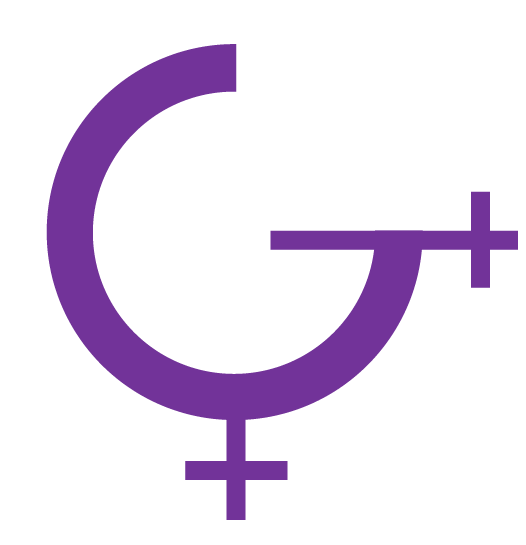
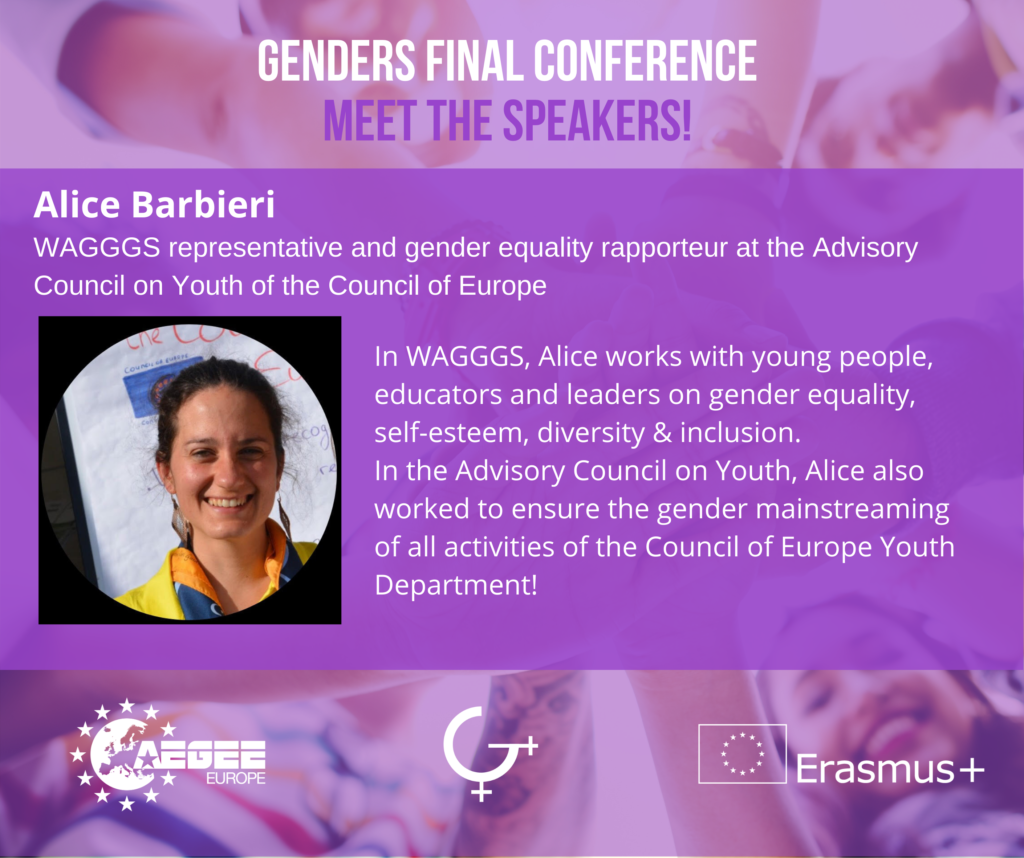
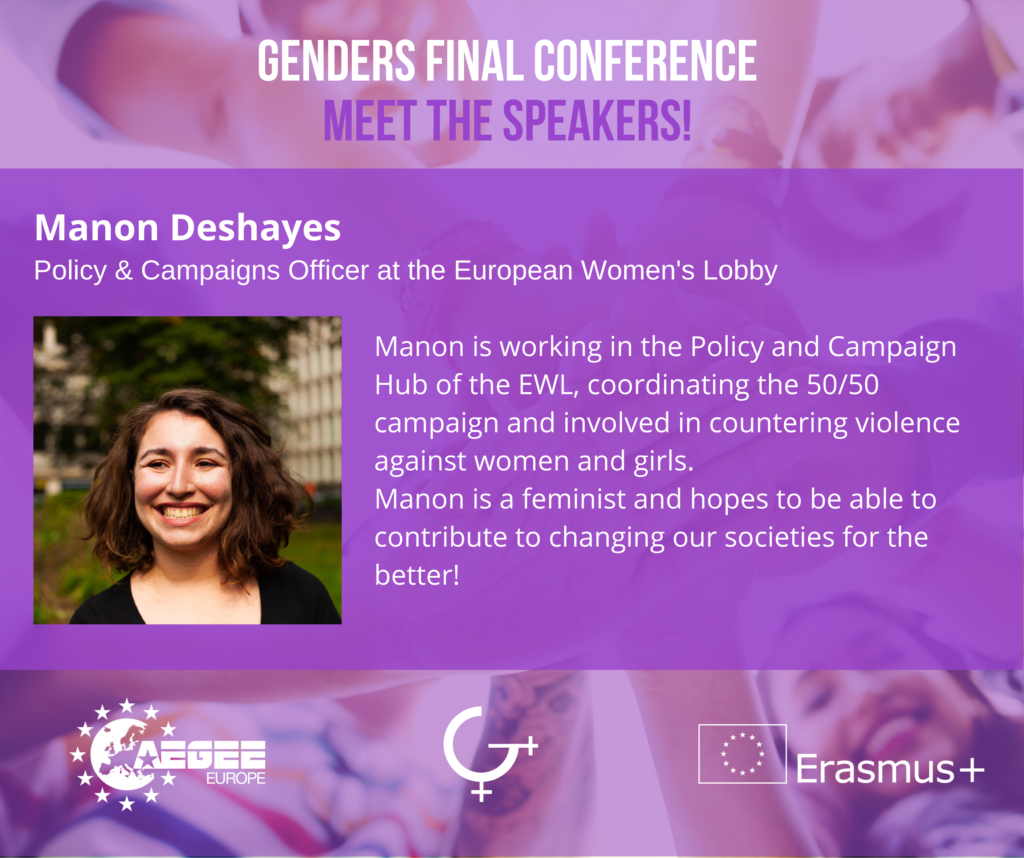
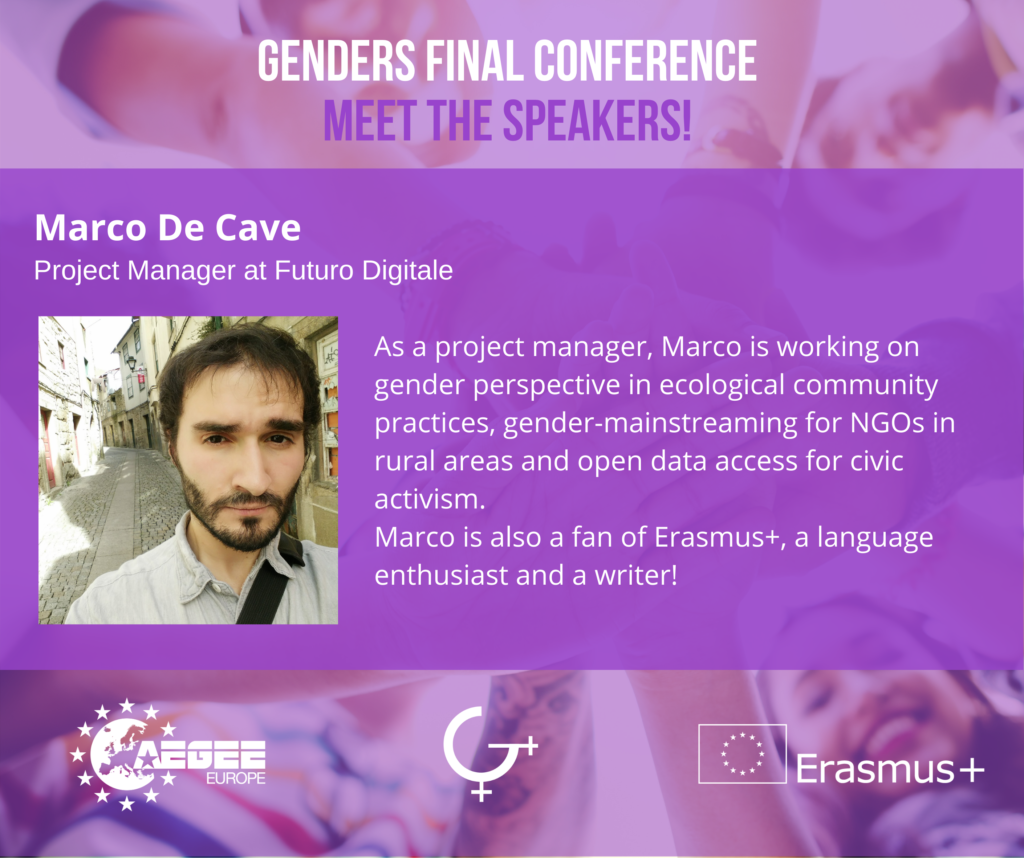
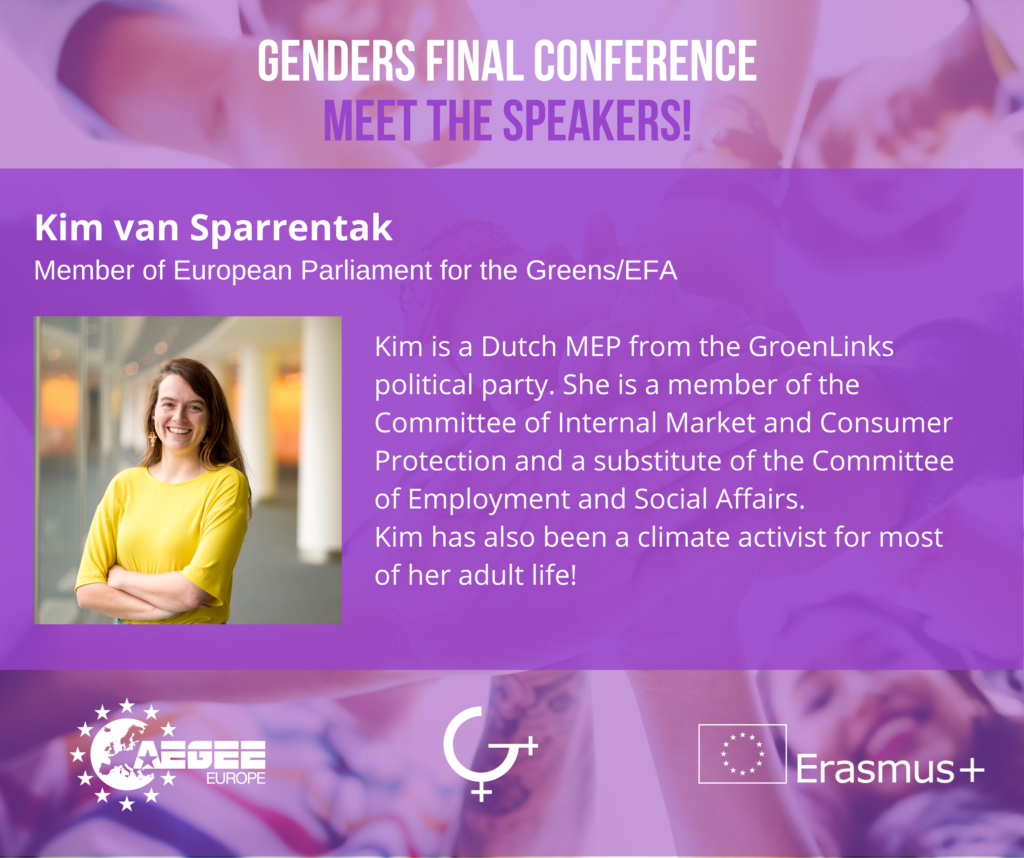
Recent Comments